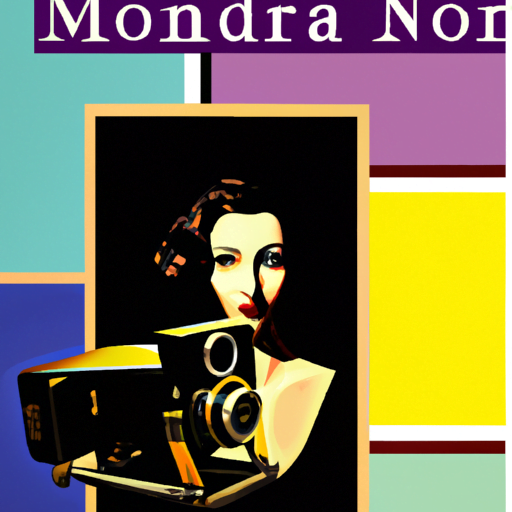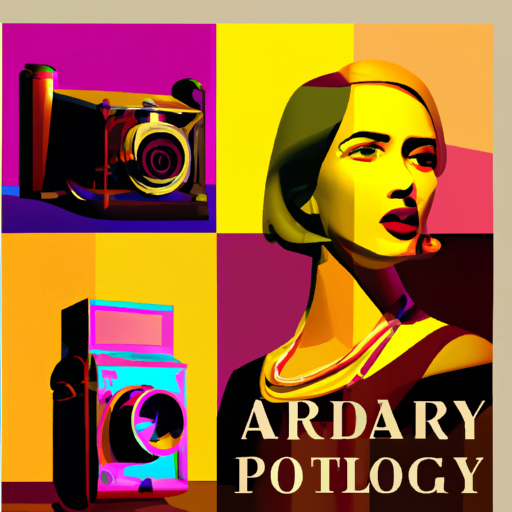
-
Table of Contents
Art Deco Design: Bringing Back the Roaring ’20s

The 1920s, often referred to as the Roaring ’20s, was a decade of significant cultural and artistic change. One of the most prominent design styles that emerged during this period was Art Deco. Art Deco design is characterized by its bold geometric shapes, luxurious materials, and sleek lines. It was a style that represented modernity, glamour, and optimism. Today, there is a resurgence of interest in Art Deco design, with many designers and homeowners incorporating its elements into their spaces. In this article, we will explore the history of Art Deco design, its key features, and how it is being brought back to life in the 21st century.
The Origins of Art Deco
Art Deco design originated in the 1920s and 1930s, following the end of World War I. It was a reaction against the ornate and elaborate styles of the late 19th century, such as Art Nouveau. Art Deco embraced the machine age and celebrated the progress and technological advancements of the time. The style drew inspiration from various sources, including ancient Egyptian and Aztec art, as well as the sleek lines of modern transportation, such as automobiles and airplanes.
Key Features of Art Deco Design
Art Deco design is characterized by several key features that set it apart from other design styles:
- Geometric Shapes: Art Deco design incorporates bold geometric shapes, such as triangles, circles, and rectangles. These shapes are often used in a symmetrical and repetitive manner, creating a sense of order and balance.
- Luxurious Materials: Art Deco design often utilizes luxurious materials, such as marble, gold, and exotic woods. These materials add a sense of opulence and grandeur to the space.
- Sleek Lines: Art Deco design features sleek and streamlined lines. Curves are often replaced with straight lines and sharp angles, creating a sense of modernity and sophistication.
- Decorative Elements: Art Deco design incorporates decorative elements, such as sunbursts, chevrons, and zigzags. These elements add visual interest and create a sense of movement and energy.
- Contrasting Colors: Art Deco design often utilizes contrasting colors, such as black and white, or bold and vibrant hues. This creates a visually striking and dynamic space.
Art Deco in the 21st Century
While Art Deco design reached its peak popularity in the 1920s and 1930s, its influence can still be seen in the 21st century. Many designers and homeowners are embracing the elegance and glamour of Art Deco and incorporating its elements into their spaces. Here are a few examples of how Art Deco is being brought back to life:
Architecture
Art Deco architecture is characterized by its bold and distinctive features. One famous example is the Chrysler Building in New York City. Completed in 1930, the Chrysler Building is a prime example of Art Deco architecture, with its stainless steel spire, geometric ornamentation, and intricate detailing. Today, architects are drawing inspiration from Art Deco and incorporating its elements into modern buildings, creating a fusion of old and new.
Furniture and Interior Design
Art Deco furniture and interior design are known for their luxurious materials and sleek lines. Many furniture designers are creating pieces inspired by the Art Deco era, incorporating elements such as geometric patterns, mirrored surfaces, and rich upholstery. These pieces add a touch of glamour and sophistication to contemporary spaces. Interior designers are also incorporating Art Deco elements into their designs, such as using bold geometric wallpaper, incorporating decorative lighting fixtures, and choosing furniture with Art Deco-inspired shapes.
Fashion and Jewelry
Art Deco had a significant influence on fashion and jewelry during the 1920s and 1930s, and its influence can still be seen today. Many fashion designers draw inspiration from the sleek lines and geometric patterns of Art Deco, creating garments that exude elegance and glamour. Jewelry designers also incorporate Art Deco elements into their designs, such as using geometric shapes, bold colors, and luxurious materials. These pieces add a touch of Art Deco style to any outfit.
Conclusion
Art Deco design is a style that has stood the test of time. Its bold geometric shapes, luxurious materials, and sleek lines continue to inspire designers and homeowners in the 21st century. Whether it’s through architecture, furniture and interior design, or fashion and jewelry, Art Deco elements add a touch of elegance and glamour to any space. By bringing back the Roaring ’20s, Art Deco design allows us to celebrate the optimism and progress of the past while creating a modern and sophisticated aesthetic for the future.
